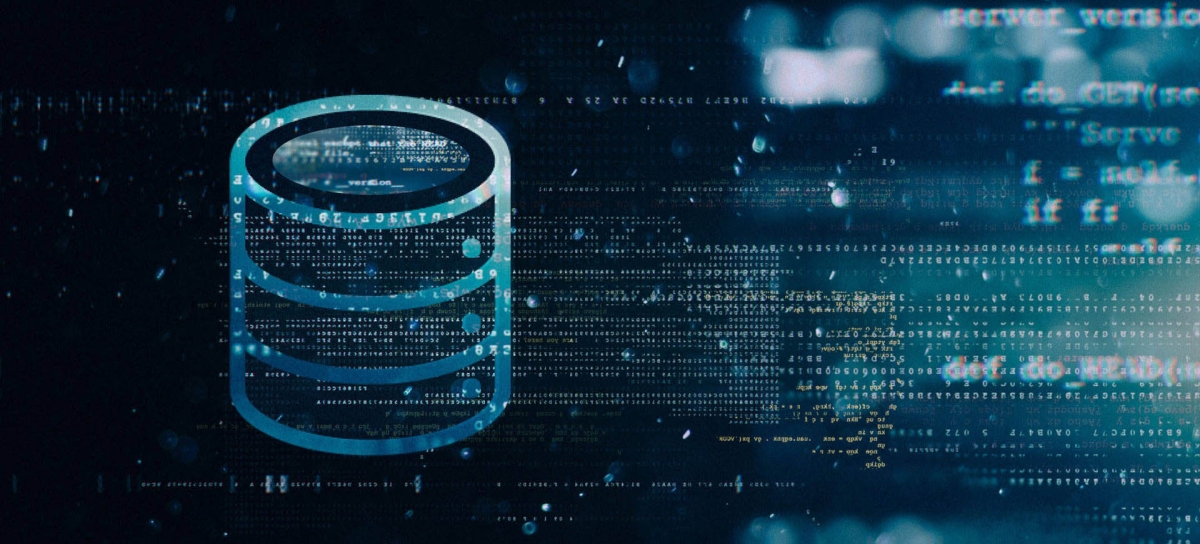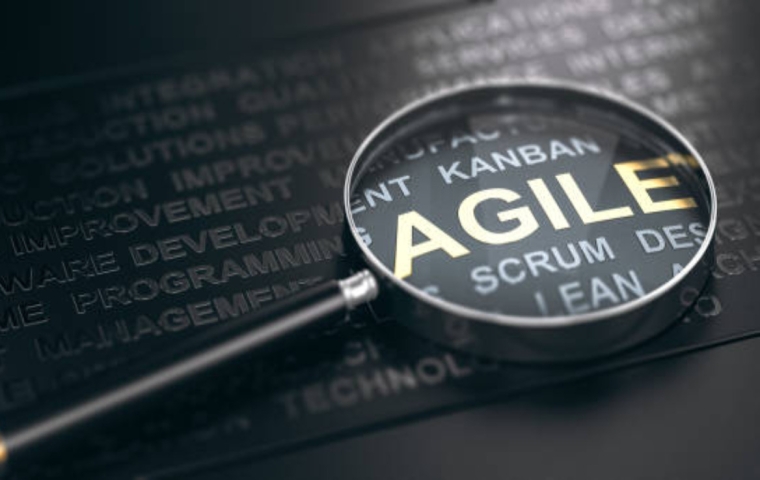Choosing the Right Database for Your Project
Strategic Database Selection: Aligning Technology with Your Project Vision

When starting a new application project, I have always regarded the selection of the right database as one of the most pivotal decisions influencing scalability, performance, and long-term sustainability.
Over the years, I've worked with a diverse array of database technologies, each with its unique strengths and trade-offs. With so many options available, choosing the right database language demands a thoughtful analysis of the application’s needs, the structure of the data, and the anticipated workload. In this article, I will draw from my personal experience to explore various database languages, their real-world apps, and the criteria that should guide this pivotal choice.
Understanding Database Types
Databases can be broadly categorized into two types:
-
Relational Databases (SQL-based): These databases store data in structured tables with predefined schemas. Examples include:
-
PostgreSQL: Advanced open-source SQL database with strong support for complex queries and data integrity.
-
MySQL: Widely used open-source SQL database known for performance and reliability.
-
Microsoft SQL Server: Enterprise-grade database with deep integration with Microsoft products.
-
Oracle Database: Robust, scalable enterprise database with extensive security and analytics features.
-
SQLite: Lightweight, self-contained SQL database commonly used in mobile and embedded applications.
-
-
NoSQL Databases: These databases offer flexible schema designs and are optimized for different data storage models, including key-value, document-based, column-family, and graph databases. Examples include:
-
MongoDB (Document-based): Schema-flexible database ideal for content management and applications with evolving requirements.
-
Cassandra (Column-family): Distributed NoSQL database optimized for high availability and big data workloads.
-
Redis (Key-value store): In-memory data structure store known for fast read/write operations and caching.
-
Neo4j (Graph database): Designed for relationship-based queries and complex network analysis.
-
CouchDB (Document-based): Focuses on distributed applications with seamless syncing and JSON document storage.
-
Amazon DynamoDB (Key-value & Document-based): Fully managed NoSQL database with serverless scalability and automatic scaling.
-
Comparing Databases Within the Same Category
SQL Database Comparisons
| Database | Strengths | Weaknesses | Scalability | Cost | Performance | Ease of Use |
|---|---|---|---|---|---|---|
| PostgreSQL | ACID compliance, extensibility, JSON support | Can be resource-intensive | ★★★★☆ | ★★☆☆☆ | ★★★★★ | ★★☆☆☆ |
| MySQL | Speed, reliability, ease of use | Lacks full support for advanced queries like PostgreSQL | ★★★☆☆ | ★☆☆☆☆ | ★★★★☆ | ★★★★☆ |
| SQL Server | Enterprise integration, high availability | Expensive licensing costs | ★★★★☆ | ★★★★☆ | ★★★★★ | ★★★☆☆ |
| Oracle | Security, performance, analytics | Complex setup, high cost | ★★★★★ | ★★★★★ | ★★★★★ | ★☆☆☆☆ |
| SQLite | Lightweight, portable, easy to set up | Limited scalability, not suited for high-load applications | ★★☆☆☆ | ★☆☆☆☆ | ★★★☆☆ | ★★★★★ |
NoSQL Database Comparisons
| Database | Strengths | Weaknesses | Scalability | Cost | Performance | Ease of Use |
|---|---|---|---|---|---|---|
| MongoDB | Flexible schema, JSON-based documents | Higher memory usage, lacks strong consistency | ★★★★☆ | ★★☆☆☆ | ★★★★☆ | ★★★★☆ |
| Cassandra | High availability, scalability, write-optimized | Complex querying compared to SQL | ★★★★★ | ★★★☆☆ | ★★★★☆ | ★★☆☆☆ |
| Redis | Extremely fast, great for caching and real-time apps | Persistence requires additional configuration | ★★★☆☆ | ★★☆☆☆ | ★★★★★ | ★★★★☆ |
| Neo4j | Optimized for graph data, great for relationships | Can be slower for non-graph workloads | ★★★☆☆ | ★★★☆☆ | ★★★★☆ | ★★★☆☆ |
| CouchDB | Replication and offline-first capabilities | Less optimized for large-scale analytics | ★★★☆☆ | ★★☆☆☆ | ★★★☆☆ | ★★★★☆ |
| DynamoDB | Fully managed, scalable, serverless | Higher costs for large-scale data storage and operations | ★★★★★ | ★★★★☆ | ★★★★☆ | ★★★☆☆ |
Key Factors to Consider
-
Data Structure
-
If your project requires well-structured, relational data, an SQL-based database is typically the best choice. Within SQL, PostgreSQL is preferred for complex queries, while MySQL offers high-speed performance.
-
If your data is hierarchical, semi-structured, or requires flexibility, a NoSQL database may be more suitable. MongoDB is great for document-based data, while Cassandra excels at handling high-availability big data applications.
-
-
Scalability
-
SQL databases traditionally scale vertically (adding more power to a single machine), which works well for smaller applications. Among SQL databases, PostgreSQL supports extensive scaling techniques, whereas MySQL is lightweight and easier to deploy.
-
NoSQL databases often support horizontal scaling (distributing data across multiple nodes), making them better for high-traffic applications. Cassandra is designed for large-scale distributed systems, whereas DynamoDB offers seamless cloud scalability.
-
-
Performance and Speed
-
For complex queries with joins and relationships, SQL databases like PostgreSQL and MySQL perform well, but PostgreSQL edges ahead with its advanced indexing and JSON capabilities.
-
For fast read and write operations with high availability, NoSQL databases like Redis or Cassandra are more efficient. Redis, in particular, is unparalleled for real-time applications.
-
-
Consistency vs. Availability
-
SQL databases prioritize consistency (ACID compliance), making them ideal for financial applications. Oracle and SQL Server are particularly strong in this area with enterprise-grade solutions.
-
NoSQL databases prioritize availability and partition tolerance (BASE model), making them suitable for large-scale distributed systems. Cassandra is well-known for its high availability, while DynamoDB provides an AWS-integrated option for serverless applications.
-
-
Development and Maintenance
-
SQL databases have been around for decades and have strong community support and extensive documentation. PostgreSQL, for instance, is known for its vibrant open-source community and extensive features.
-
NoSQL databases offer flexibility but may require developers to manage schema evolution and data consistency. MongoDB provides a robust set of tools for schema migration, while CouchDB is excellent for distributed synchronization.
-
Use Case Scenarios
| Use Case | Recommended Database |
|---|---|
| Financial & Banking Apps | PostgreSQL, MySQL, SQL Server, Oracle |
| E-commerce Platforms | MongoDB, PostgreSQL, DynamoDB |
| Social Media Apps | Cassandra, Neo4j, MongoDB |
| IoT & Real-time Apps | Redis, Firebase, DynamoDB |
| Content Management Systems | MySQL, PostgreSQL, MongoDB, CouchDB |
| AI & Machine Learning | NoSQL (MongoDB, Cassandra, DynamoDB) |
Choosing the Right Database for Cloud Deployments

While cloud architecture is an important consideration in choosing a database, it should not be the sole determining factor. The nature of the workload, data structure, and performance expectations should guide the selection. However, aligning a database with the underlying cloud infrastructure can help optimize cost, scalability, and efficiency.
Different cloud architectures favor certain databases based on their strengths:
| Cloud Architecture | Recommended Databases | Justification |
|---|---|---|
| Serverless (AWS Lambda, Azure Functions) | DynamoDB, Firebase, Cosmos DB | Serverless databases scale automatically and require minimal maintenance, making them ideal for event-driven applications. |
| Microservices (Kubernetes, Docker) | MongoDB, PostgreSQL, Cassandra | Microservices architectures benefit from databases that offer independent scaling, distributed transactions, and schema flexibility. |
| Big Data & Analytics | BigQuery, Redshift, Snowflake, Cassandra | Analytical workloads require databases optimized for columnar storage, distributed querying, and massive data processing. |
| Real-Time Applications | Redis, Firebase, DynamoDB | Low-latency, high-speed databases ensure real-time responsiveness for streaming and event-driven applications. |
| Enterprise & Legacy Systems | SQL Server, Oracle, PostgreSQL | Traditional enterprise systems rely on robust relational databases with strong ACID compliance and enterprise support. |
| IoT & Edge Computing | InfluxDB, TimescaleDB, DynamoDB | Time-series and distributed databases handle large volumes of sensor and telemetry data efficiently. |
While cloud-native databases can simplify scaling and management, the choice should be guided by the application's data model, performance demands, and operational costs. Balancing cloud compatibility with broader database considerations ensures a more effective architecture.
Conclusion
Choosing the right database language depends on the nature of your application project, the complexity of your data, scalability needs, and performance requirements.
SQL databases are excellent for structured, relational data, with PostgreSQL leading in flexibility and MySQL excelling in speed. NoSQL databases provide flexibility and scalability for diverse use cases, with MongoDB as a strong document-based option and Cassandra optimized for distributed workloads.
Evaluating your project’s requirements before making a decision will help ensure optimal performance and long-term success.
Why Agile is Not the Silver Bullet for Every Project
The Pitfalls of Blind Agile Adoption and When It Fails
The 5 Pillars of Code Quality
Mastering Code Excellence: A Deep Dive into Crafting Scalable, Maintainable, and Secure Software
People-Centered Leadership for Software Engineers: Managing Diverse Personalities and Challenges
Effective leadership in software engineering requires understanding both skills and personalities.





